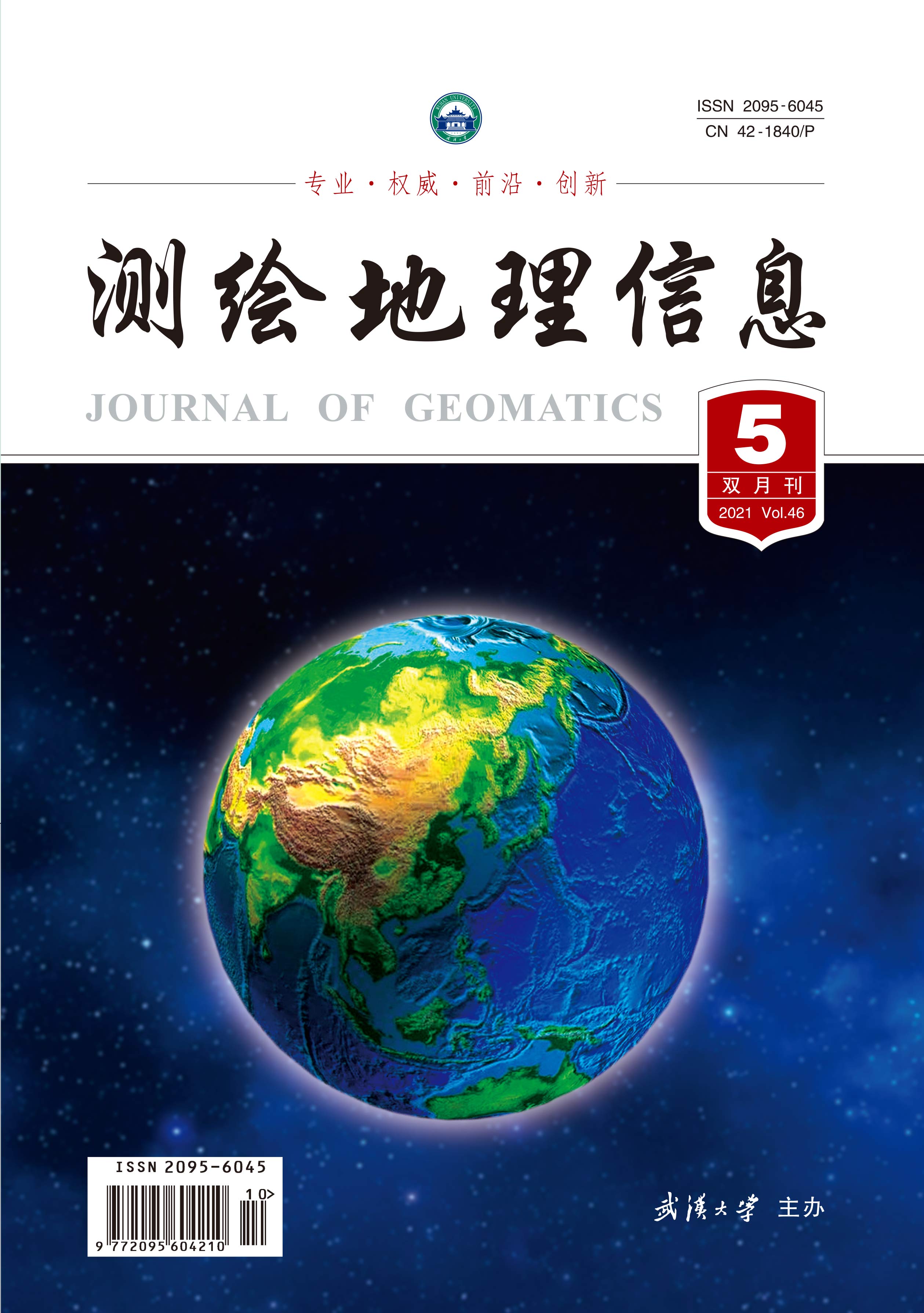framework to Georeference Point Cloud in GPS Shadowed Urban Environment by Integrating Computer Vision Algorithms and Photogrammetric Techniques
Q4 Computer Science
引用次数: 0
Abstract
The integration of computer vision algorithms and photogrammetric techniques has become an alternative to the high-cost Mobile Mapping Systems (MMS) and point cloud generation through Structure from Motion (SfM) algorithm is the best example of it. The point cloud generated using SfM is an arbitrary coordinate system and for its georeferencing known global coordinates of the camera exposure stations, rotational and translational parameters are required. The global coordinates of exposure stations are obtained through GNSS (Global Navigation Satellite System). GPS (Global Positioning System) is widely used for getting the positional information of a point. The problem in georeferencing the point cloud arises if the coordinates of a few camera exposure stations are unknown due to GPS shadowing or poor GDOP (Geometric Dilution of Precision). This issue is common in MMS that use laser scanners, GNSS and IMU (inertial measurement unit). In this paper, efforts are made to develop a methodology for handling GPS shadowing or poor accuracy for the georeferencing of arbitrary point clouds generated through SfM. The adopted method uses a blend of photogrammetric techniques of space resection and space intersection to determine the unknown camera exposure stations' coordinates. Bundle adjustment is applied to improve the accuracy of the results obtained. The developed methodology is well analyzed in different cases, and the results show good accuracy in respective cases.结合计算机视觉算法和摄影测量技术的GPS阴影城市环境参考点云框架
计算机视觉算法和摄影测量技术的集成已经成为高成本移动测绘系统(MMS)的替代方案,通过运动结构(SfM)算法生成点云就是最好的例子。使用SfM生成的点云是任意坐标系,并且为了其地理参考相机曝光站的已知全局坐标,需要旋转和平移参数。曝光站的全球坐标是通过GNSS(全球导航卫星系统)获得的。GPS(全球定位系统)被广泛用于获取点的位置信息。如果由于GPS阴影或较差的GDOP(精度的几何稀释)导致几个相机曝光站的坐标未知,则会出现点云的地理参考问题。这个问题在使用激光扫描仪、GNSS和IMU(惯性测量单元)的MMS中很常见。在本文中,致力于开发一种方法来处理通过SfM生成的任意点云的地理参考的GPS阴影或低精度。所采用的方法结合了空间切除和空间交会的摄影测量技术来确定未知相机曝光站的坐标。应用束平差来提高所获得结果的准确性。所开发的方法在不同的情况下得到了很好的分析,结果在各个情况下都显示出良好的准确性。
本文章由计算机程序翻译,如有差异,请以英文原文为准。
求助全文
约1分钟内获得全文
求助全文
来源期刊

测绘地理信息
Earth and Planetary Sciences-Earth-Surface Processes
CiteScore
0.20
自引率
0.00%
发文量
4458
期刊介绍:
 求助内容:
求助内容: 应助结果提醒方式:
应助结果提醒方式:


